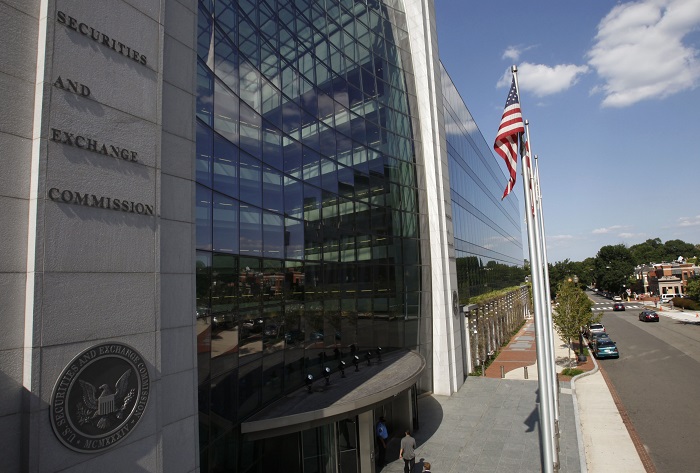In attempt to obviate another debacle in money market funds after the financial downturn, the Securities and Exchange Commission is expected to implement a round of new rules in mid-October that could change the way the $2.7 trillion industry works.
This could potentially trigger billions in outflows from these traditionally safe investments and opening up opportunities in cash-alternatives like ultra-short-duration bond exchange traded funds.
Money market funds typically hold short-term corporate and municipal debt to help investors, typically large institutions and pension funds, park their cash at a better rate than a savings account.
Since the 2008 financial crisis when the share price of one fund dipped below a dollar and triggered widespread financial panic, these money market funds now follow more stringent regulatory rules, like taking on less credit risk or holding more cash to meet redemptions.
To the dismay of some investors, the SEC’s new rules will allow the value of shares on prime institutional money-market funds, which invest in short-term corporate debt and are geared toward large investors, and institutional municipal money-market funds to fluctuate along with current market prices of their underlying holdings, essentially “breaking the buck” that so many have relied upon – these money market funds have traditionally sought a stable net asset value, or NAV per share, of $1.00.
SEE MORE: SEC Streamlines ETF Listing Process on Bats, NYSE
Prime and retail money market funds aimed at retail investors will still maintain their $1 net asset value. However, the kicker is that they may impose redemption fees, or so-called fee gates, and other restrictions like temporary suspensions on the sell side during times of market distress.
Money market fund boards can impose fees or so-called gates during periods of distress. If a fund’s level of weekly liquid assets dips below 30% of total assets under management, the fund could impose a liquidity fee of up to 2% on all redemptions. Moreover, all money funds, except government funds, will be required to impose a 1% fee on redemptions if the weekly liquid assets slip below 10% at the end of the day.
